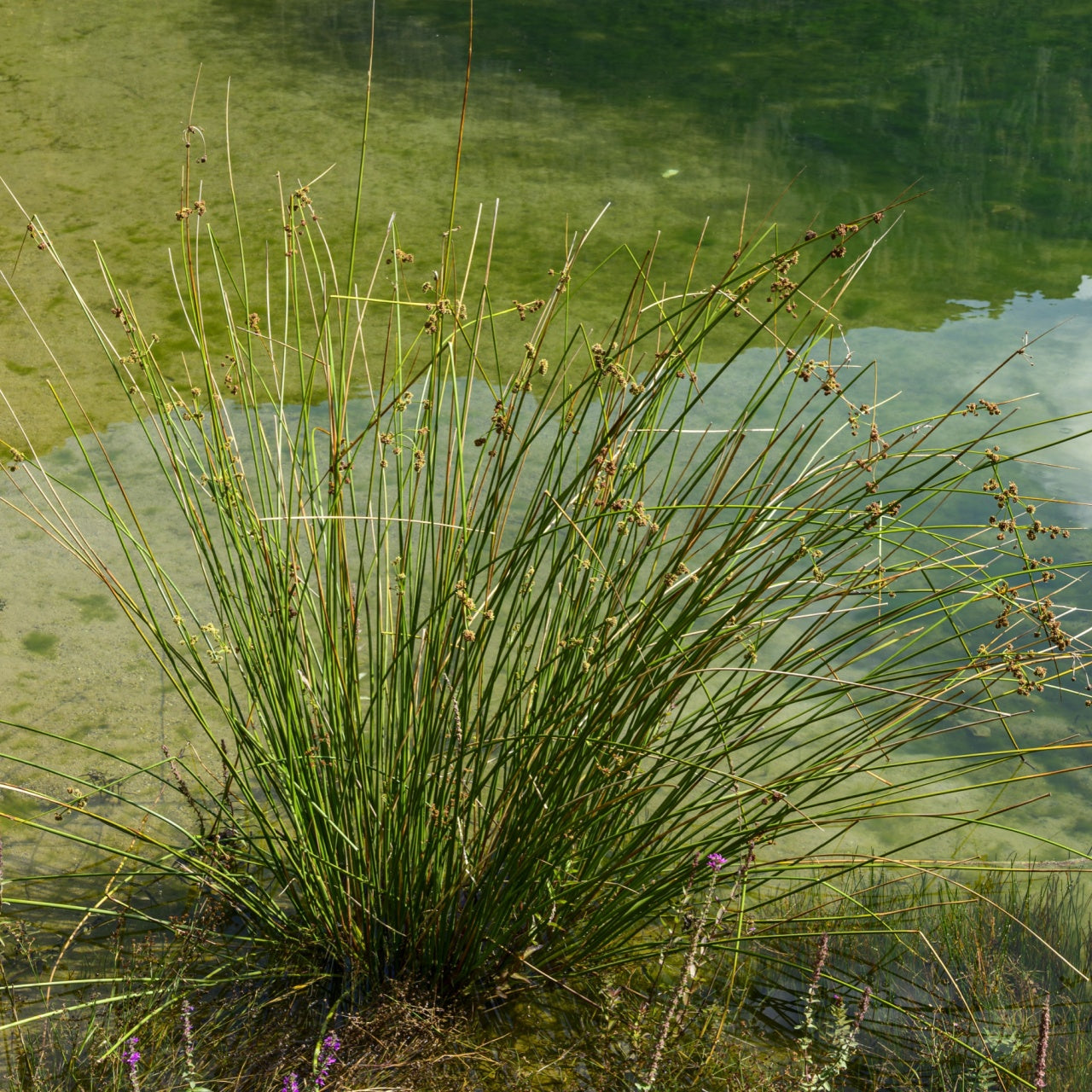Horsetail Grass
Horsetail Grass
Couldn't load pickup availability
Exposure
Sun or ShadeHeight at Maturity
Usage
Birding PlantsShipped As
Bare-rootShips
NowPlanting Zones
4-9Horsetail Grass
Horsetail Grass is a rough-feeling plant well-defined by its long, vertical green stems with contrasting horizontal bands. Like bamboo, the plant will have skinner stocks and is used mainly as an ornamental type for bordering landscape designs. You may hear this fern-like plant called Equisteum Hyemale, Scouring Rush.
Horsetail Grass Is A Very Fast Grower
This uniquely attractive plant is native to North America, Asia, and Europe. It's a fast grower that can quickly enhance your landscape without much care or maintenance. In a few weeks, it will reach its full mature height of two to five feet.
This Grass Can Thrive In Standing Water
This evergreen perennial is part of the Equisetaceae family. The grass grows well in numerous conditions, including up to four inches of standing water. This makes it the perfect selection for filling those challenging landscape areas where many other plants won't flourish or survive. This ornamental type isn't known to have severe issues with pests or disease.
The Plant Doesn't Produce Flowers
This herbaceous plant is non-flowering. Its hollow stems tend to look like asparagus early in the year. Each stem will host various branches, producing feathery-like tails that give it a scratchy feel. Due to its unique design, this plant provides height and architectural interest to all types of landscapes.
The Grass Comes Up Early Spring
The Horsetail grass will remain bright from when it emerges in early spring until the first frost of the year. You can easily rely on its consistent growth pattern to help bring bright foliage to your garden. This plant is popular in rock gardens, where colored pebbles create a contrasting appearance. Unlike many other fern relatives, this plant doesn't reproduce through pollination. Instead, it has spores that are borne on its fertile stems.
Share






